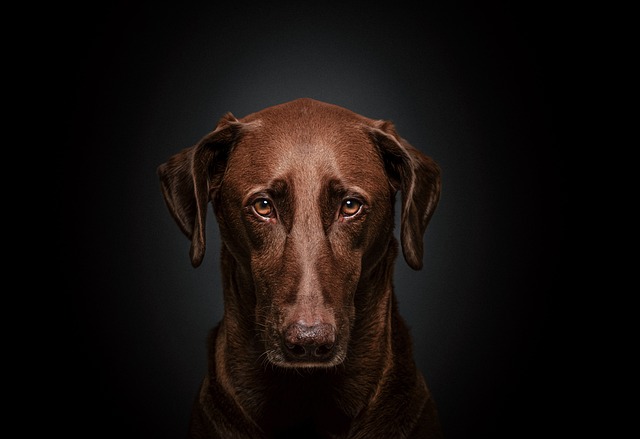
How do i train my dog to be obedient?
Watching your dog dart across the park ignoring your calls isn’t just frustrating—it can put them at risk near busy streets or public spaces.
Puppy pads scattered across the kitchen, a surprise pile behind the couch, the frantic scramble to clean before guests arrive—house-training struggles feel universal. But teaching a dog to handle business outdoors isn’t just about keeping your floors clean; in many neighborhoods, it’s the law.
Start with timing. Puppies, especially small breeds like Chihuahuas or Yorkies, need to go out within 15 minutes of eating, drinking, or napping. Set a schedule: first thing in the morning, right after meals, and before bed. A Beagle pup that’s just woken up from a nap will likely need to pee within minutes—missing that window often means a mess, and in cities like Paris, where fines for dog waste in public spaces are steep, even accidents can cost you.
Choose a consistent spot. Dogs rely on scent, so pick a corner of your yard or a specific tree on walks. Bring them there each time, using a simple phrase like “go potty” to link the action to the command. A Labrador that sniffs the same patch of grass daily will learn to associate that spot with the task—helpful when traveling, too, as many parks in Germany require dogs to relieve themselves in designated areas.
 Reward instantly. The second your dog finishes, offer a tiny treat and excited praise. A Border Collie that gets a cheese cube right after peeing outside will connect the act to positive feelings far faster than if you wait until you’re back inside. In the UK, where responsible pet ownership is legally emphasized, this kind of training also helps prevent the need to scoop up unexpected messes in public, avoiding potential fines.
Reward instantly. The second your dog finishes, offer a tiny treat and excited praise. A Border Collie that gets a cheese cube right after peeing outside will connect the act to positive feelings far faster than if you wait until you’re back inside. In the UK, where responsible pet ownership is legally emphasized, this kind of training also helps prevent the need to scoop up unexpected messes in public, avoiding potential fines.
Handle accidents calmly. If you catch your dog mid-mistake, a firm “no” and quick trip outside might help, but never scold after the fact—they won’t connect the punishment to the earlier action. Instead, clean the area with an enzymatic cleaner to erase the scent; otherwise, a Dachshund might return to the same spot. In apartment buildings across Scandinavia, repeated indoor accidents could even violate lease agreements.
Adjust for adult dogs. Rescue dogs or those used to indoor pots might need patience. Take them out every few hours, and stay outside longer—some dogs get distracted by birds or other pets. A Greyhound that’s new to your home might need 10-15 minutes of sniffing before feeling comfortable. In areas with strict leash laws, like parts of Canada, keep them on a short lead during these sessions to stay compliant.
Consistency wins. Even on rainy days or busy mornings, stick to the routine. A Golden Retriever might resist going out in the rain, but a quick trip with a towel waiting inside teaches them it’s non-negotiable. Remember, outdoor training isn’t just about habits—it’s about respecting shared spaces and local rules.
With time, your dog will learn to signal when they need to go, whether by pawing at the door or sitting by the leash. And you’ll rest easy knowing you’re both doing your part to keep your home and community clean.

Watching your dog dart across the park ignoring your calls isn’t just frustrating—it can put them at risk near busy streets or public spaces.

New puppy owners often find themselves rushing to clean up accidents before they set in, and that’s where puppy pad training becomes a game-changer.

If you've noticed your dog's waistline disappearing and your veterinarian has mentioned those few extra pounds, your first instinct might be to simply reduce the amount of food in their bowl.

Training a dog to use a designated spot indoors isn’t as daunting as many new owners fear, but it does take consistency and an understanding of your pet’s needs.

That moment of dread on a walk is all too familiar for many new dog owners. You see another dog approaching down the sidewalk of your neighborhood

If the sight of another dog on your neighborhood walk makes your heart sink as your own dog erupts into a frenzy of barking and lunging, you're not alone.